
Hello, everyone and welcome back to another trip to the Dalmatian hinterland. If this is the first post you saw check out some of the ones before. like the Fortess, the town of Vrlika and one of the Oldest churches in Dalmatia. This weekend we got some nice weather here in Dalmatia at last, a perfect chance for a day trip. This time we decided to take up the Krka river canyon just a few kilometers from Šibenik where I live.
For those of you who are not familiar with the Krka river a short intro for you. So it is one of the largest rivers in Dalmatia and one of the few that do not dry out during the summer months. The Krka is about 75 km long lowing through the Dalmatian hinterland its spring is close to the city Knin. The river was made a national park in 1984. and it is one of eight in Croatia. The Krka is a karstic river finding its way through the harsh Dalmatian landscape into the Adriatic sea by the city of Šibenik. Besides nature which is unique the river has an important historical and educational background. Due to calcium carbonate deposits, Travertine rock is formed on the river. There are seven major waterfalls and we visited two on our tripe.
If some of you would like to know more about the national park check out the official NP Krka website where you can find all the information you need.
Our trip started around 9:00 in the morning the destination one of first the waterfall of the national park. We took the D33 state road from Šibenik to the east for about 33 kilometers and found an archaeological site on the just at the side of the road in the village of Čupići near Trbounje.
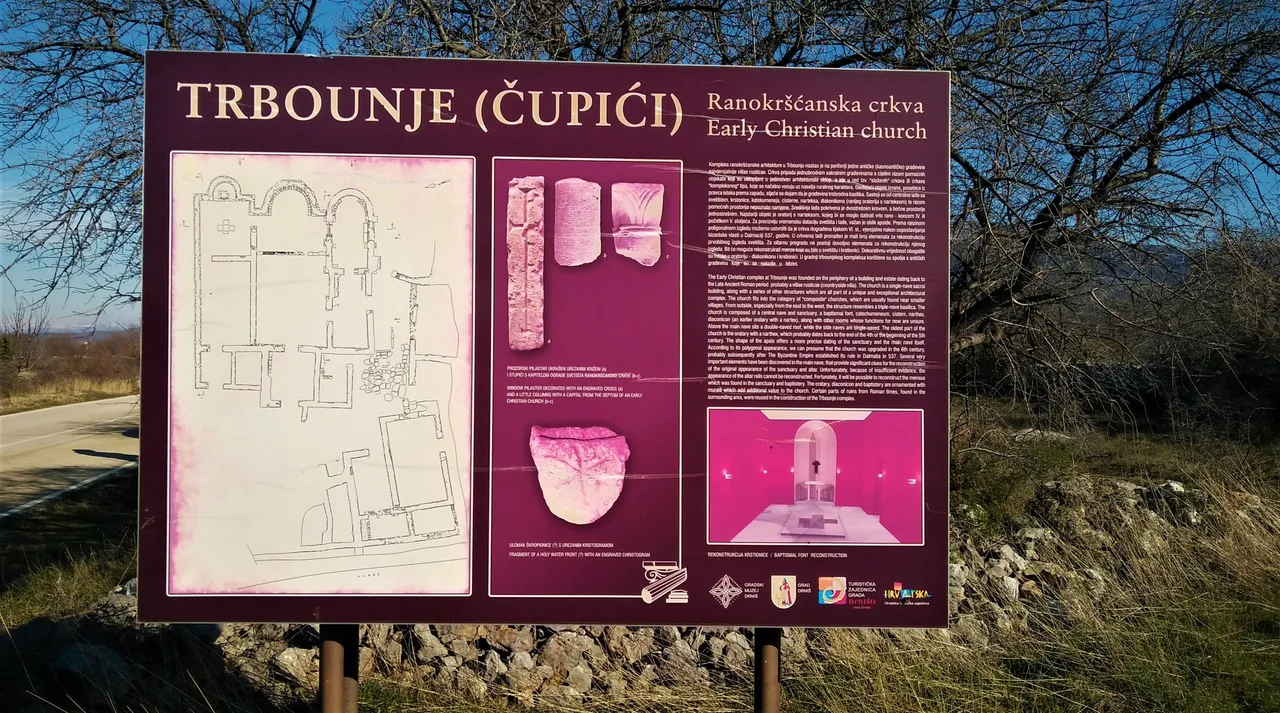
The preserved stone walls are the rests of an early Christian church complex called Crkvina translated it would be something like Churches or The Church. Such complexes are characteristic for the time period from the 4. to the end of the 7. century. The name Crkvina can be found all over Dalmatia and me myself took part in archeological digs on several sites called Crkvina. Early Christian complexes are large double nave building which was built in more than one phase it is complete with cross-shaped baptism well. The entire complex was built on site of an antique Roman villa rustica from the earlier Roman period.
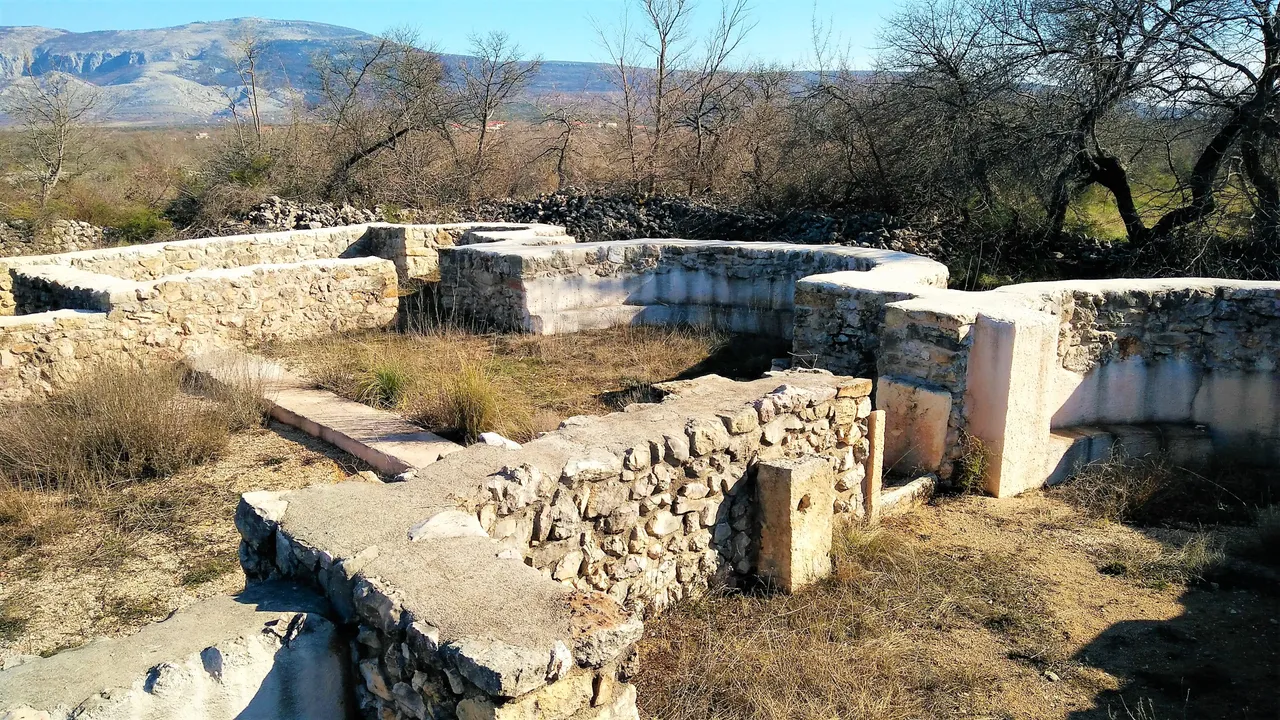
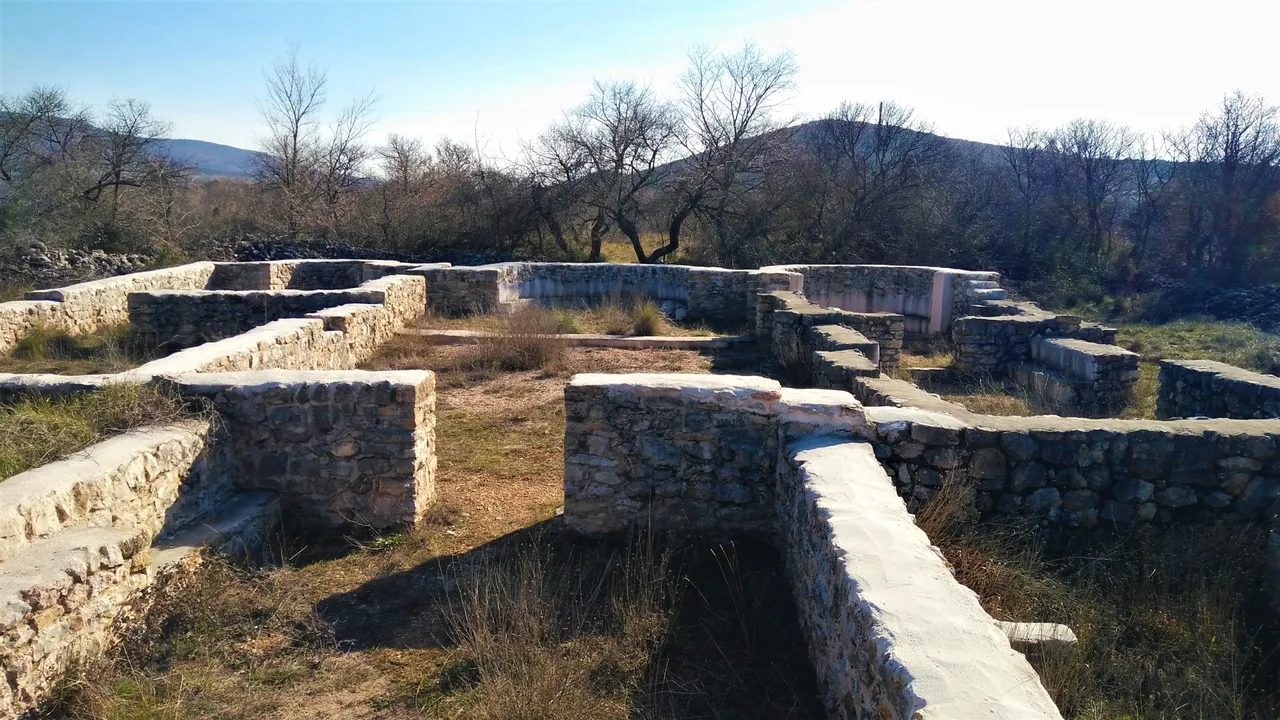
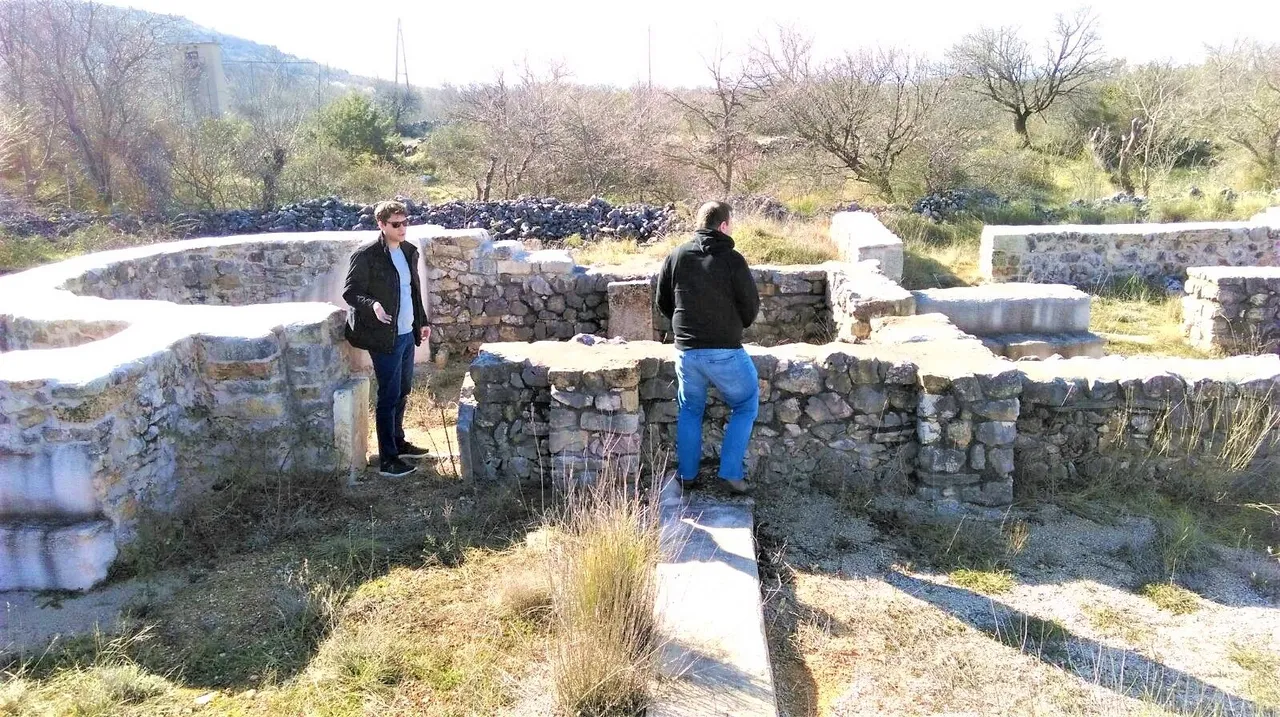
After the stop at the ruins of Trbounje, we carried on towards Nečven on the Krka river. One important fact is that all the villages around the river are in the national park and people live inside the perimeter as they did for hundreds of years. We took the D33 about 16-kilometer further inland to the small village of Nečven just on top of the Krka river canyon. I mentioned already that the river has a historical importance as it was used for thousands of years as a natural border between central and northern Dalmatia. From prehistory, as it divided bronze age tribes, the Roman period and throughout the medieval ages when the river was a front line between the Christian West and the Muslim east. The River is full of smaller fortresses on either side of the river built and owned by Croatian noble families.
We visited the Nečven fortress close to the village, left the car and took a short walk to the fortress overlooking the canyon.
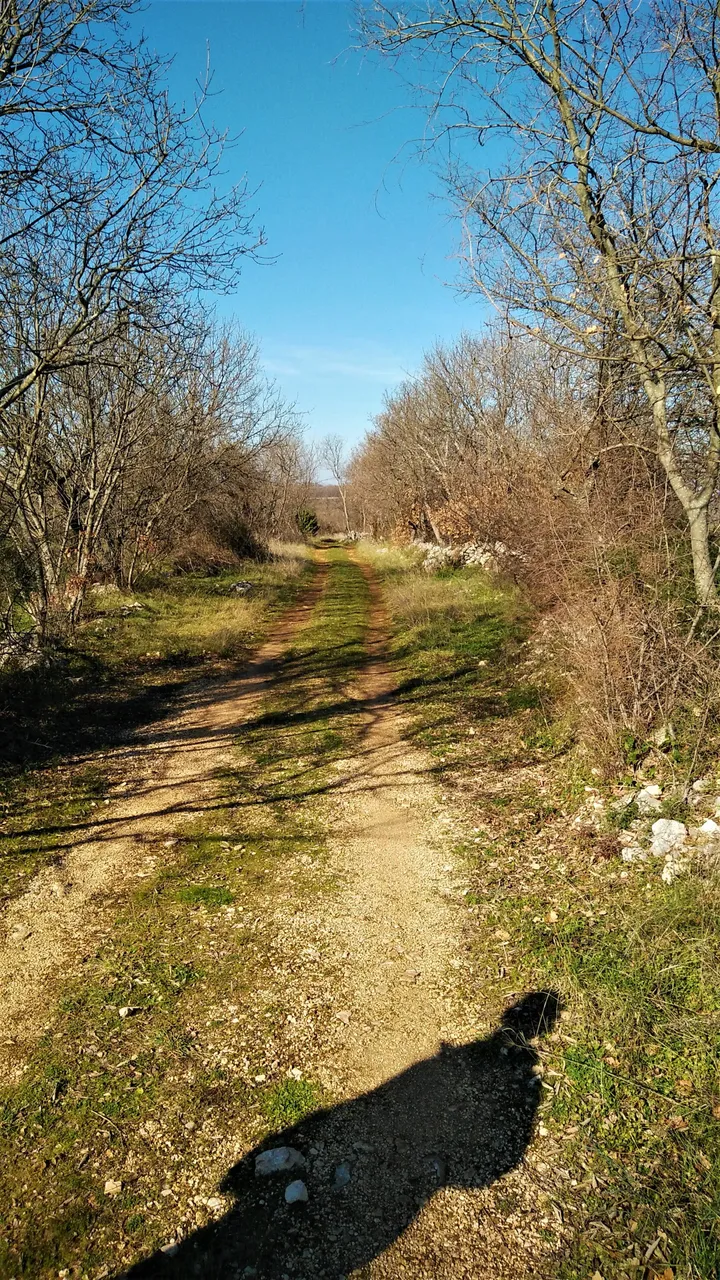
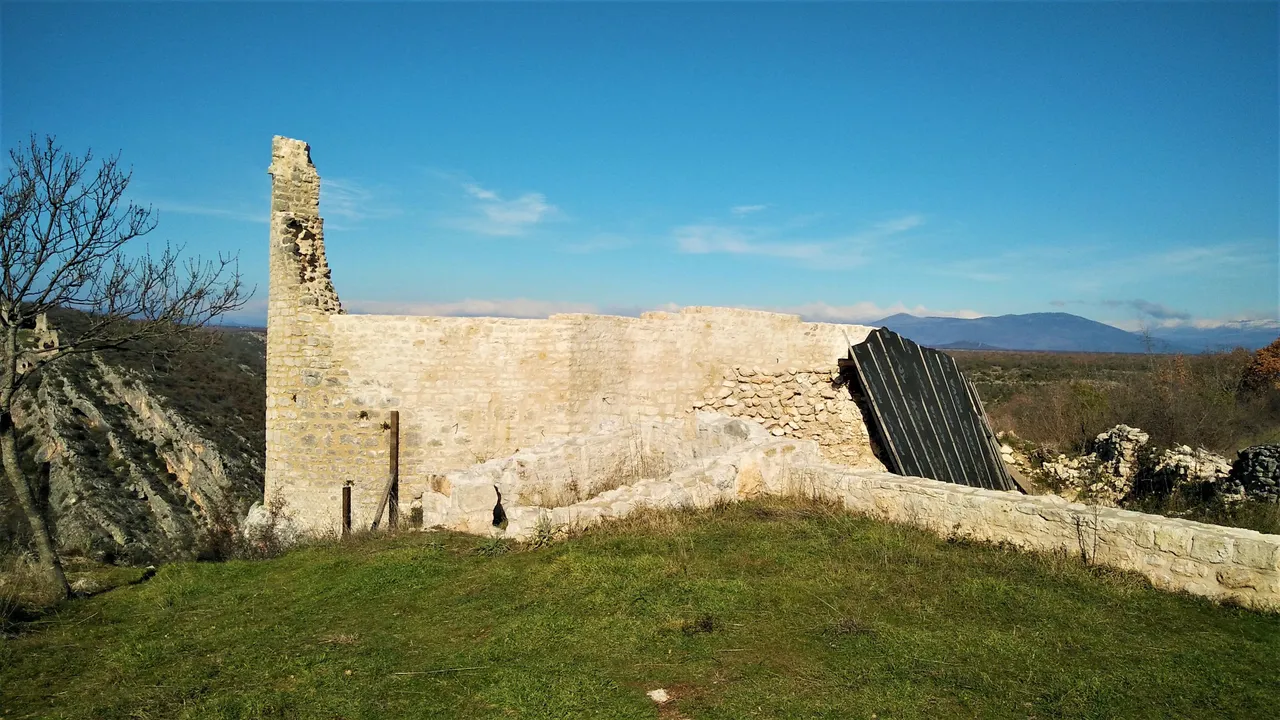

Right across on the other side from Nečven fortress lies the Trošenj fortress. The one we visited dates back to the 14. century and was owned by the Nelipić noble family, the one on the other side by the Šubić noble family. As you can imagine the two families were rivals. The legend says that the fortress was named after a girl from the village who poisoned here self as she declined the marriage proposal of the Subić family. To clarify the Šubić family was one of the most influential Dalmatian noble families until the mid 14. century, there were never elected kings but were most likely the puppet masters behind medieval Dalmatian politics.

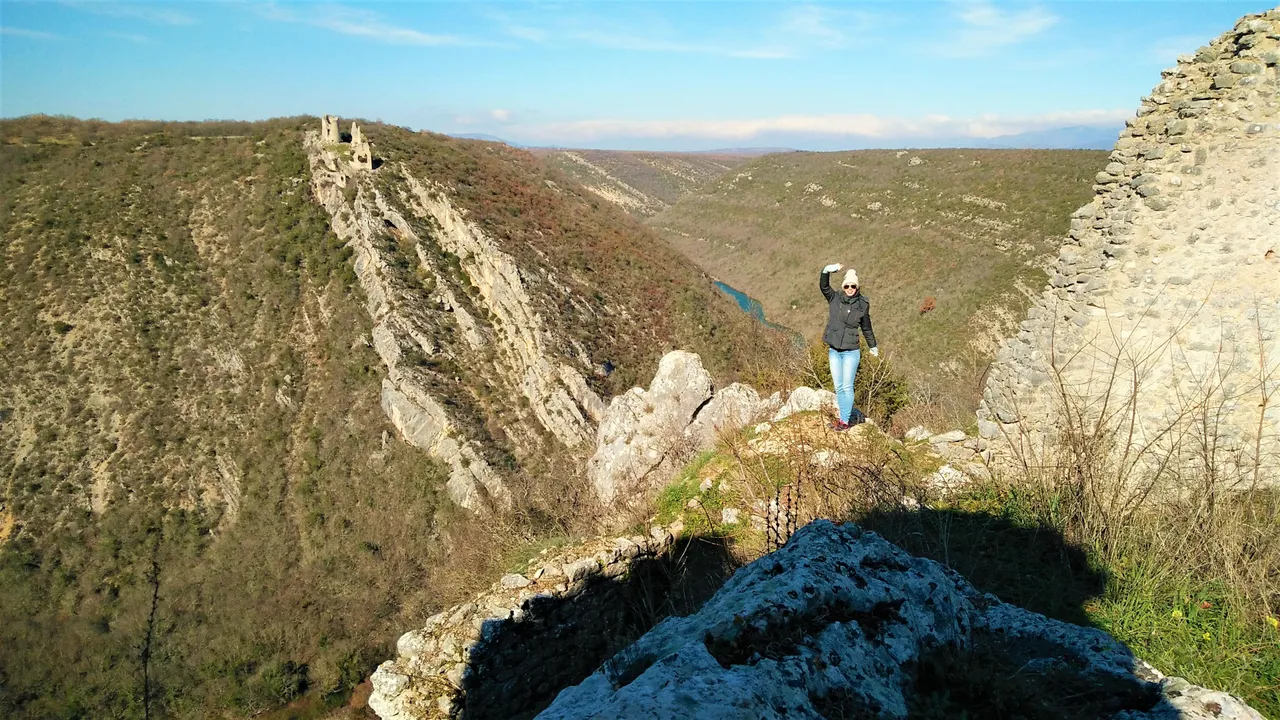
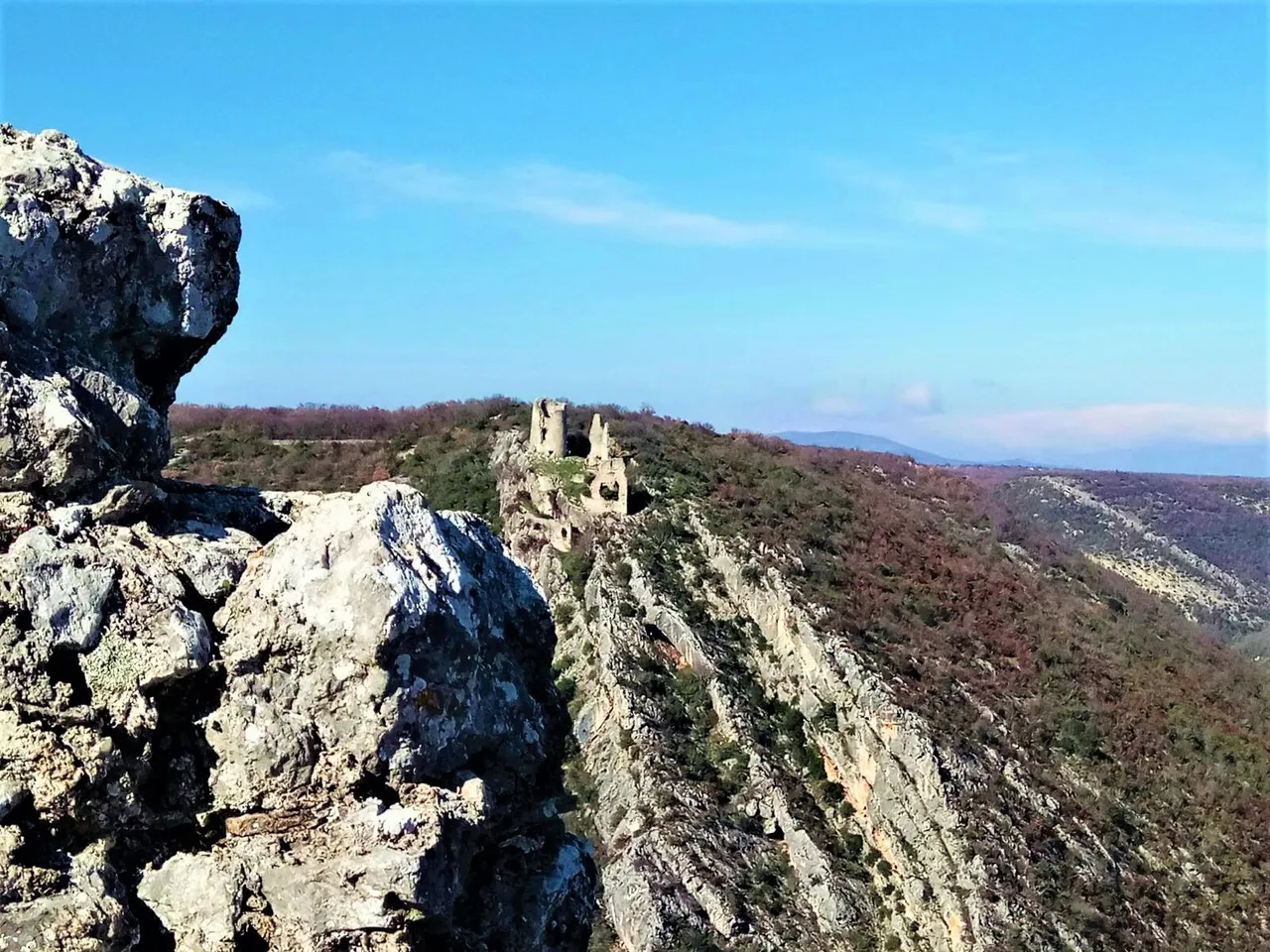
To get back to Nečven fortress, the whole complex was surrounded by walls up to 15 meter high walls with a tall tower in the middle, all buildings inside were up to five stories high. The fortress was ruled by the Nelipić family for over a hundred years from 1421 to the mid 16. century when the Ottoman Empire conquered it, to gain access to the other side they built a wooden hang bridge. Nečven fortress was destroyed during the 17. century by the Venetian republic to prevent it becoming a stronghold for possible uprisings.
There a lot of such fortresses on the Krka river and all are not represented as they should. They are falling apart and are eaten away be time. I can not explain why there are not included as parts of the story about the Krka river. Maybe in the future for tourist purposes, there will be some cosmetic refurbishment which will be saved them but for our national identity, the train is long gone. Beaurocray is a horrible never-ending thing especially here in Croatia and one can only hope for better times and some responsibility.
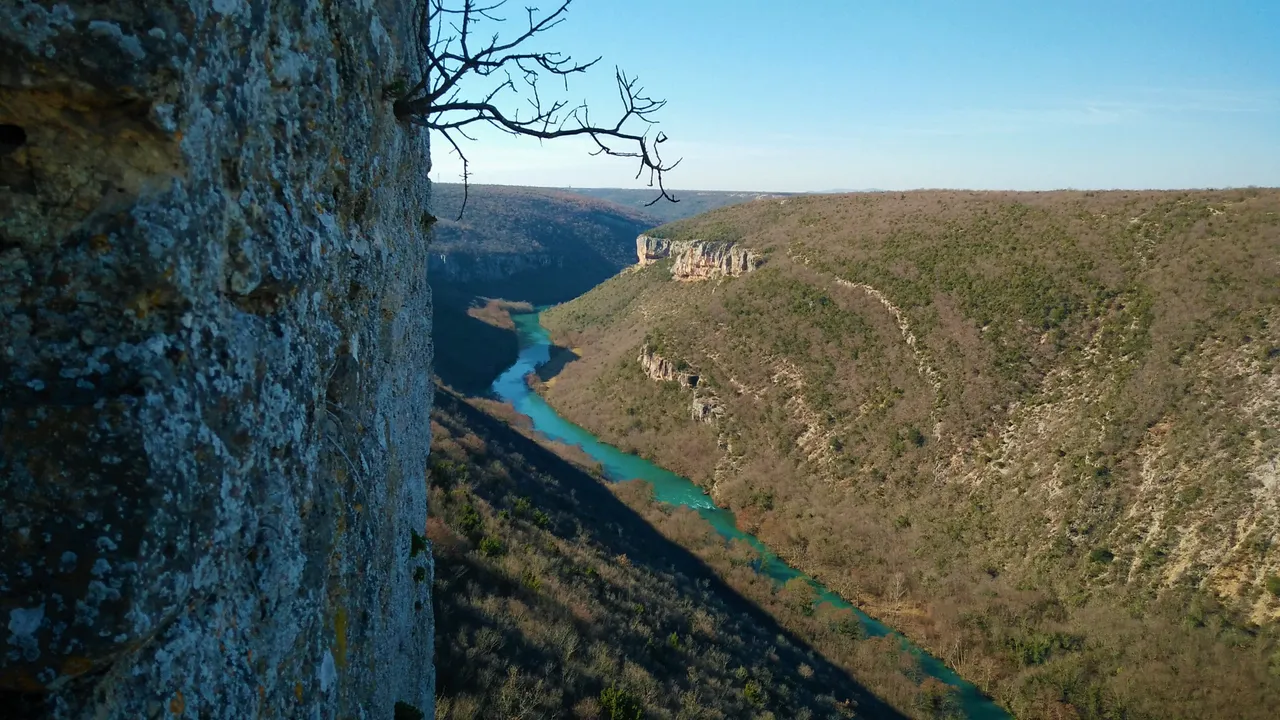
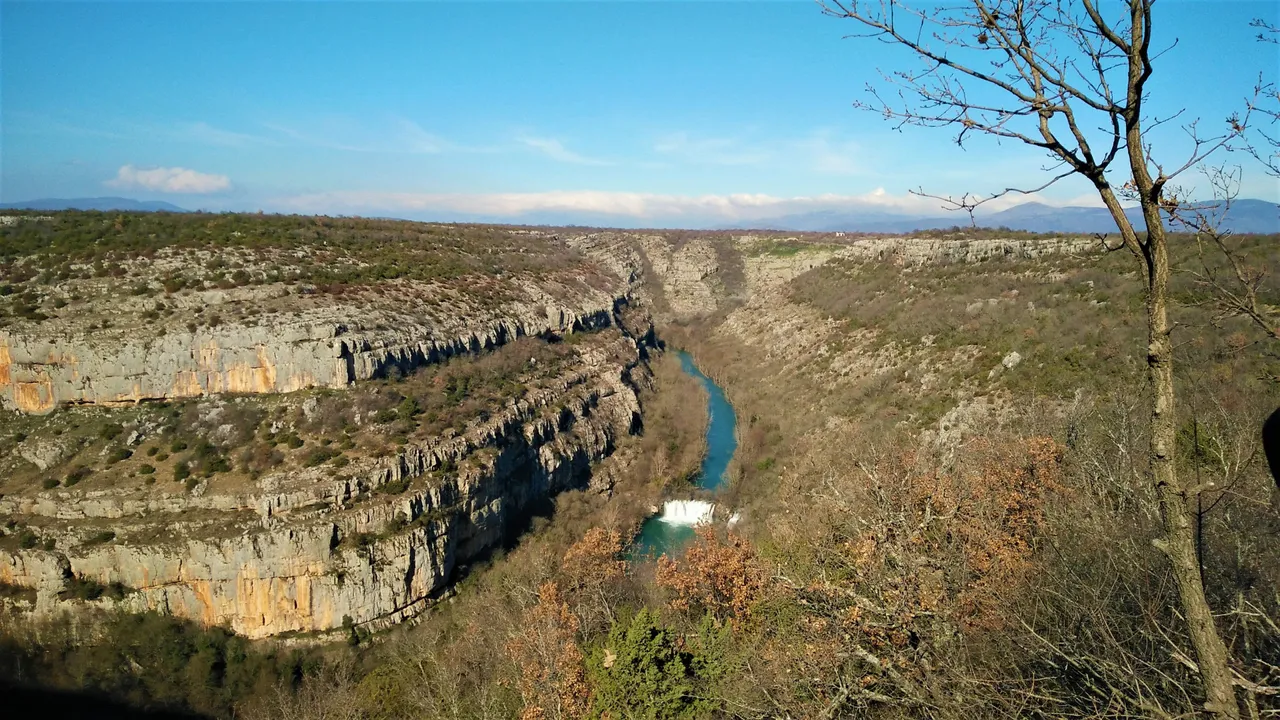
From the fortress, one has a wonderful view of the Krka river canyon and the beautiful green-blue color of the river shining through the gray of the rocky surroundings. If you go further down the river it will take you to Visovac lake and the monastery on the lake, but that I will show you in another post. We went further up the river to see the waterfalls Manojlovac, Bilušić and Brljan lake. The area of the Krka river is not left to itself every year the park administration is adding more hiking/walking and bike paths for adventurers to visit. The cultural and historical sights you can visit are also endless. If you are visiting Croatia I recommend a visit to Krka National Park as it is a unique experience for the senses.
The offseason is maybe the best time to visit, spring and autumn are in my opinion the best seasons to visit the land. The downside is everything is closed if you want to grab a bite to eat this will be a problem as most inns and restaurants are closed. This was the problem on our trip as we search endlessly and at the end decided to get a pizza back in Šibenik which was really good but nothing worth to share with you here. I mean pizza is the greatest thing invented by mankind but you can get it everywhere.
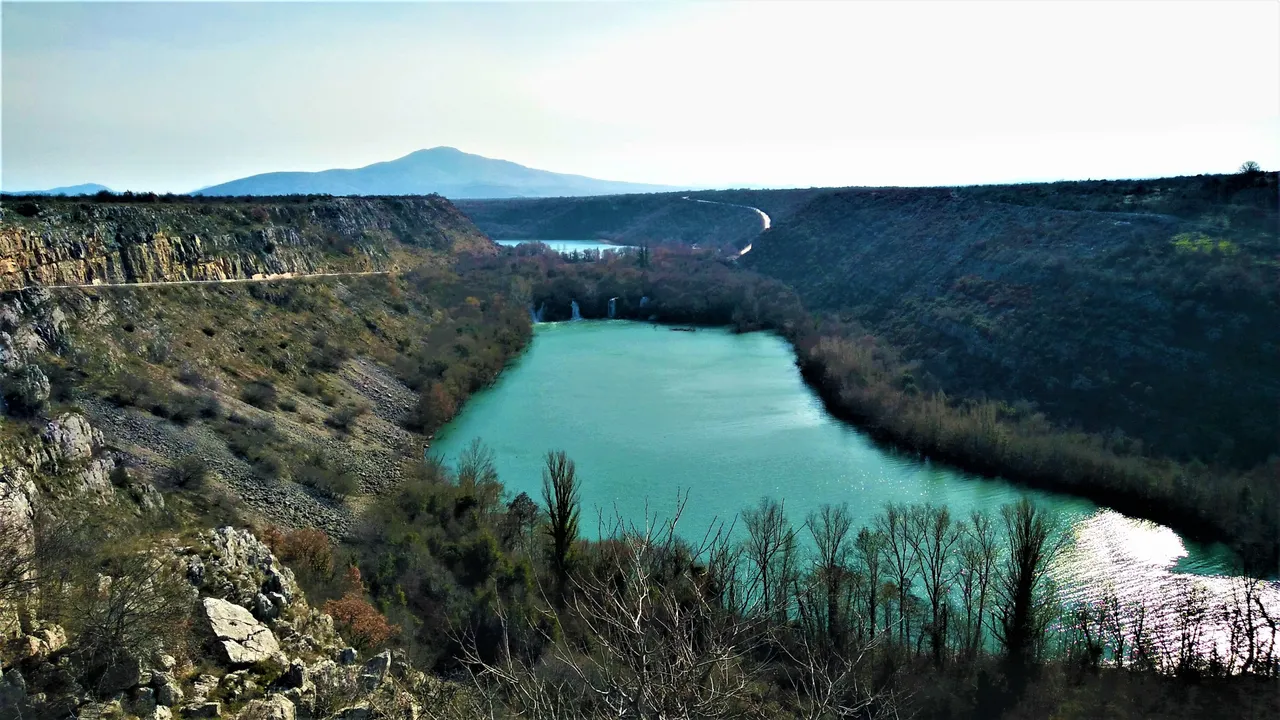
This is all for this time stay tuned for my next post about two of the waterfalls on the Krka river.
Check out my other posts if you are into history and archaeology take a peek at the ceramic bronze-age bird. I hope that this one will leave the borders of my country and find its way to the world.
All photos were taken by me with my ONEPLUSX smartphone.
Best of luck to you all on your next visit to Croatia.
Please leave a comment if you have any additional questions if you liked the tour of the Krka river checks out my other posts @zija2022.